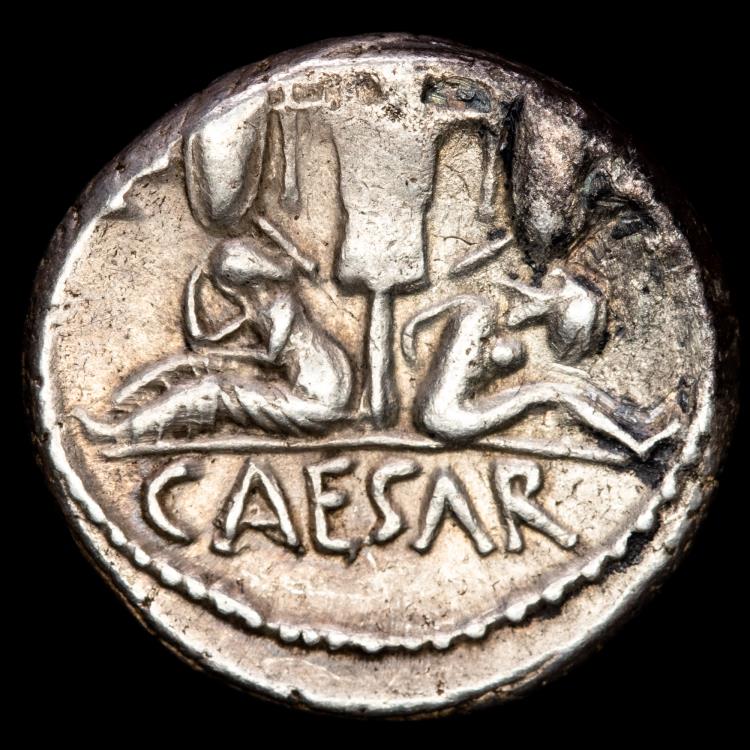

Bullion bars and ingots were used as money in Mesopotamia since the 7th millennium BC and Greeks in Asia Minor had pioneered the use of coinage (which they employed in addition to other more primitive, monetary mediums of exchange) as early as the 7th century BC. Roman adoption of metallic commodity money was a late development in monetary history.

The Romans cast their larger copper coins in clay moulds carrying distinctive markings, not because they did not know about striking, but because it was not suitable for such large masses of metal. Some of the emperors who ruled only for a short time made sure that a coin bore their image Quietus, for example, ruled only part of the Roman Empire from 260 to 261 AD, and yet he issued thirteen coins bearing his image from three mints. The populace often learned of a new Roman Emperor when coins appeared with the new emperor's portrait. Roman mints were spread widely across the Empire, and were sometimes used for propaganda purposes. This goddess became the personification of money, and her name was applied both to money and to its place of manufacture. The origin of the word "mint" is ascribed to the manufacture of silver coin at Rome in 269 BC near the temple of Juno Moneta. The manufacture of coins in the Roman culture, dating from about the 4th century BC, significantly influenced later development of coin minting in Europe. Roman currency names survive today in many countries via the Carolingian monetary system, such as the Arabic dinar (from the denarius coin), the British pound, the peso (both translations of the Roman libra, a unit of weight), and Portuguese dinheiro (money). It served as a model for the currencies of the Muslim caliphates and the European states during the Middle Ages and the Modern Era. This trend continued with Byzantine currency.ĭue to the economic power and longevity of the Roman state, Roman currency was widely used throughout western Eurasia and northern Africa from classical times into the Middle Ages. Notable examples of this followed the reforms of Diocletian. A persistent feature was the inflationary debasement and replacement of coins over the centuries. From its introduction during the Republic, in the third century BC, through Imperial times, Roman currency saw many changes in form, denomination, and composition. Roman currency for most of Roman history consisted of gold, silver, bronze, orichalcum and copper coinage.


 0 kommentar(er)
0 kommentar(er)
